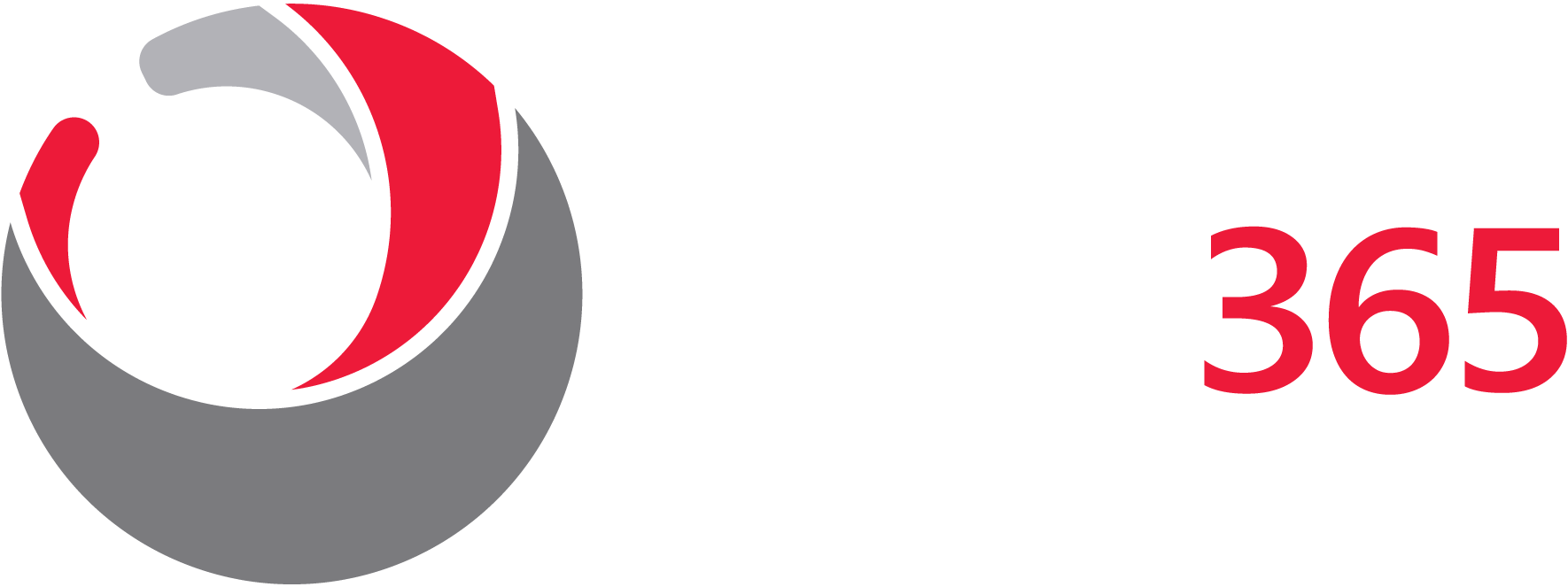A recent World Economic Forum report placed cyber risks among the top 10 concerns for the next decade. The report indicated that though technology can improve lives, it can also create inequalities. And it’s up to individuals, entities, and governments to address these concerns.
IT can give you a competitive advantage in today’s hyper-connected business environment. But you’ll have to deal with cyber threats and operational risks. Luckily, you can understand and tackle IT risks before they strike through risk analysis.
So, what is a risk analysis in IT, and which areas does it cover? In this quick guide, we’ll explore this topic further. Read on for more insights:
What Is a Risk Analysis in IT?
Risk analysis involves identifying, assessing, and addressing potential problems or dangers before they happen. It helps you stop problems before they hit, saving you money, headaches, and a bad reputation. You also know where to spend your security budget.
One of the ways to stay compliant in a competitive IT environment is to embrace risk analysis. This way, you can follow the rules and avoid fines for data breaches. Your IT system will be strong, resilient, and able to bounce back from any digital bumps.
Since risk analysis is an ongoing process, it takes work. By doing it regularly, you can build a secure and reliable IT system. Here are some of the things you’ll need to check:
-
Your hardware: Servers, computers, apps, and other internet-connected devices
-
Your data: Secrets, customer info, and anything valuable that needs protection.
-
The building blocks: Power and the internet connection.
-
The helpers: IT partners, providers, or suppliers.
-
Your IT team: Including staff and executives.
But how does it work? First, list everything that could go wrong, from hackers to floods. You should also rank the risks, starting with the ones that are most likely to strike and cause the most damage. Lastly, build defences, check for new threats, and update your defences.

Various Areas of Risk When Looking at IT
IT decisions are often complex and involve navigating a landscape of potential risks. CFOs face financial risks, compliance risks, and integration risks. CTOs experience technology-related risks, risks related to attracting and retaining talent, and collaboration risks.
For CEOs, making decisions that align with the overall business strategy, coping with reputational damage, and adopting new technologies to stay competitive can be challenging. IT directors deal with operational, security, and project management risks. The risks that IT managers face revolve around team management, resource management, and change management.
For IT and security managers, risks may emerge when trying to ensure an organisation meets data privacy and security regulations, develop threat detection and risk mitigation programs, and train employees on IT threats. By understanding the unique risks each decision-maker faces, organisations can make more informed IT decisions and mitigate potential problems.
Here’s how each key decision-maker faces unique risks:
Taking on New IT Services
New services can help you automate things like data entry. This way, they give you more time to cook up new ideas. New technologies like AI and analytics can also open doors to exciting possibilities.
With these services, you can enjoy personalised recommendations. You can also rely on them to expand your IT infrastructure. However, adding more services can create a tangled mess of systems.
It can be difficult to keep track of everything. Since every new service is like a loophole, hackers may find a way to attack your business. As such, you need secure protocols before adopting new IT services.
Be realistic about the costs of implementation, training, and ongoing maintenance. You should also assess your needs, research different services, and make sure they fit your existing systems and security. Open communication, training, and addressing concerns are key to making the new tech a hit.
Risk Related to the Onboarding Process That Suppliers Fail to Consider
Letting suppliers roam free in your IT system is like giving them keys to your safe. One mistake or hidden malware could cost you big. Instead, do your research and check their security practices before giving them access.
Untrained suppliers are like shaky hands holding your secrets. Train them on data security like you do your staff and ensure everyone knows their role to avoid chaos. Remember, onboarding suppliers safely is like building a strong wall around your business.
The Risk Arising From a Fragmented Supplier Base
With a fragmented supplier base, information gets lost in translation when everyone talks in their code. It could lead to missed deadlines, clashed priorities, and inefficiencies in your IT system. Fixing vulnerabilities may also be difficult since each vendor is a potential backdoor for hackers.
The suppliers may have their own rules while working with your company. Navigating compliance will be confusing, leading to fines and a bad reputation. It’ll also be difficult to adapt to change with a fragmented base.
So, how do we avoid this IT nightmare? Pick a few reliable partners who understand your system and can work together. You should also share goals, plans, and problems with your suppliers so everyone’s on the same page.
The Risk of Looking at IT Segments in Isolation
Your team may experience problems when they treat parts of your IT systems in isolation. They ignore the hidden connections that bind these parts as they do this. They may trigger a chain reaction of failures across the entire infrastructure.
Treating IT segments in isolation can lead to duplicated effort and wasted resources. You may neglect critical areas because your priorities are all over the map. Each isolated segment can also become a potential entry point for attacks.
Foster a culture that recognises how IT systems intertwine to avoid these risks. Data analytics and automation can help you map the hidden connections and dependencies. Your risk management framework should also consider these connections.
People and Culture
Firewalls and encryption might seem like the only shields against IT dangers. But sometimes, the biggest threats are closer than you think – your team. An employee may accidentally share your secrets or click on a bad link.
Simple mistakes and even insider threats can be security nightmares. Without the right skills, your team might be unable to handle complex systems. So, you should train your team to spot and dodge security traps and encourage them to collaborate.
Governance and Strategy
Your IT strategy needs to match your business goals. If not, you might waste resources and miss opportunities. It might also be difficult to embrace new technologies and grow.
Always centre your IT strategy around compliance. Not following rules can lead to hefty fines and a bruised reputation. Compliance failures can damage your brand, lose customers’ trust, and even shut down your operations.
Stay ahead of the ever-changing rules of the tech game. You should also get expert advice and conduct regular checkups. This way, you’ll ensure your IT and cybersecurity practices are within the compliance lines to avoid costly slip-ups.
Technology and Infrastructure
Legacy systems are a threat to your IT infrastructure. They might be vulnerable to attacks. As such, hackers may find loopholes in these systems and steal your data.
While the cloud seems promising, it also poses risks to businesses. Without proper cloud security protocols, hackers might access your data and mess with your operations. Besides cloud security issues, integration issues cause confusion, wasted time, and lost data.
You may turn to third-party tech providers to keep your systems safe. But, these providers may introduce vulnerabilities and disruptions if their security isn’t top-notch. So, choose your tech partners wisely and monitor their security practices.
Emerging Threats
Besides viruses and data breaches, emerging threats and adverse events threaten the tech world. These potential IT issues include AI and automation, quantum computing, and internet-connected systems. It’s important to understand how each one threatens your IT infrastructure.
In particular, AI can be biased, leading to unfair decision-making. AI bots are getting better at doing repetitive tasks, and some jobs might disappear. It’s likely that hackers may use AI to mess with important systems like power grids or financial markets.
Quantum computers could break the secret codes that keep our data safe. As more people rush to invest in these devices, security might get left behind. As such, we need to develop AI and quantum computing responsibly, making sure they’re fair and secure.
Tons of connected devices make it easier for hackers to attack. They may have flimsy security and outdated communication protocols, making them easy targets for digital break-ins. As these devices constantly collect and send info, you need to know who’s on the receiving end to protect your privacy.
Need a Trusted Advisor in IT-Related Risk?
Digital dangers like hackers, glitches, and breaches can cause trouble to your business. That’s why it is important to consider: ‘What is a risk analysis in IT.’ Analyse these threats carefully to spot them before they strike and build strong defences.
If you’re navigating the complex IT landscape alone and unsure of the next step, choose Koris365 as your trusted advisor for long-term success. Whether you want to boost agility, gain a competitive edge, or optimise costs, we help you unlock the potential of your IT infrastructure. Contact us today and discover how we can empower your business.


